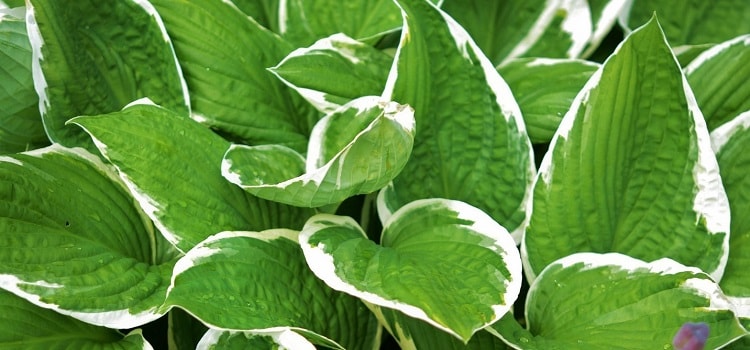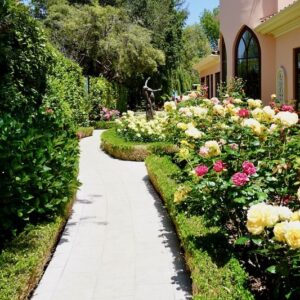You wanted hosta plants to use in your landscaping because they are reasonable in price, easy to grow, and they look beautiful. With all the options out there, however, it can be difficult to decide which ones to use. If you are looking for something that not only looks nice but also smells good, you want to use one of the H. plantaginea species on your property. There are 58 different varieties with only 28 of them available for commercial purchase. Find out all you need to know about fragrant hosta plants now so you know what to expect when they become a permanent part of your landscaping.
What is H. Plantaginea?
Plantagenet is the description used for plants that were hybridized between a classic hosta and the H. plantaginea to create a fragrant species. “August Lily” is another description used for this species and was brought to England from China in the 1790s. Several years later it made its way to the United States. People wanted this kind of plant because of the following properties:
- Reflushing
- Beautiful formation
- Humidity tolerant
- Heat tolerant
- Fragrant blooms
- Large blooms
- Leaf sheen
- Vigorous growth capabilities
They are the version of hosta that has the biggest bloom and some versions can reach up to six inches. In most of the plants, the blooms are white and have the strongest smell of all types of hostas. There is an H. fragrant blue that smells equally as nice but the blooms are a bit smaller. These plants can regrow foliage in the summer whereas other species are rid of their foliage by the spring months. These blooms come out at 4:00 pm as well, making them different than the typical 7:00 bloom of other hostas.
Early Blooming Times
Because the plants originated in China where the spring season arrives earlier than it does in the United States, fragrant hostas are considered to have an early arrival compared to other plants. They will usually start to come around in March, so anywhere they are planted where a spring frost occurs there are potential issues with them growing to their fullest potential.
People that have included the fragrant hosta in their northern state landscaping have come to find out that the plants aren’t as hardy as what they are expecting them to be. In some instances, the plant gets burned right back to nothing when the colder temperatures stick around longer and then they have to start all over.
Heat and Humidity Tolerant
Unlike other hosta plants, the fragrant hosta is more tolerant of heat and humidity. That’s because they originated in southern regions like Beijing and Shanghai, China where high humidity and heat are present most of the time. They have been proven to grow successfully in all southern areas of the United States including growing zones eight and nine which many other plants have a hard time surviving in.
Growing Fragrant Hostas
After your fragrant hostas have been planted and established, they are quite tolerant of drought-like conditions. They like to be in partial shade with soil that is evenly moist. They will grow in full sunlight, but you must be sure to water them sufficiently. Regular watering for landscapers in southern regions is necessary while northern planters can get by with natural precipitation in most cases.
Even if you completely ignore your hosta plants after they are grown you can expect them to continue living, just not at their greatest capacity. The fragrant hosta enjoys a somewhat acidic soil which can be created by applying fertilizer.
If you are incorporating fragrant hostas along with other plants, these are the best growing companions:
- Ferns
- Tiarella
- Taller Campanulas
- Daylilies
- True lilies
- Phlox divaricata
A lot of people like to use their hostas to plant along with spring-flowering bulb plants because the dying foliage from those bulbs is camouflaged by the lush hosta leaves.
Care By the Season
If you are planting new hostas, you should do so in the early spring. That’s also the ideal time for dividing and transplanting any of your existing hostas. Take the time during these first few weeks of the spring season to add fertilizer or organic compost to your soil if you want to see the best performance from your plants.
After the soil has been given the chance to warm up in mid-spring, add mulch around your hostas to keep rot away. Be sure to keep the mulch away from the crowns. Later in the spring keep an eye out for slugs and take the appropriate steps to get rid of them if you find any.
During the summer is when you groom your plants by taking off the dead or yellow leaves. When your flowers are all done blooming you can cut those back or use them for collecting seeds.
Before winter, cut all the foliage back down to the soil level and cover with winter mulch or hay to get the most of your fragrant hostas the following year.




